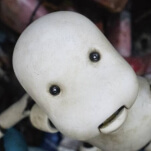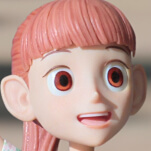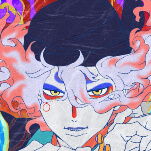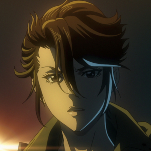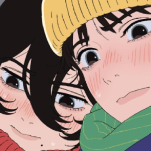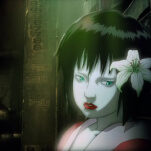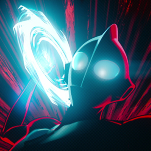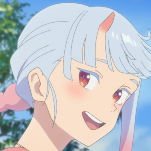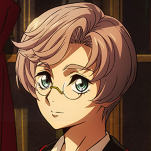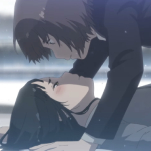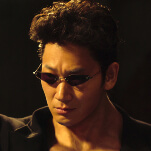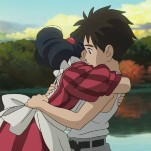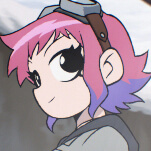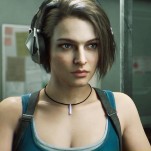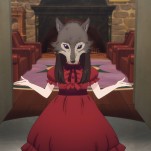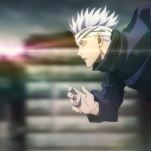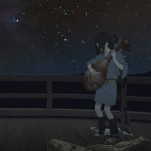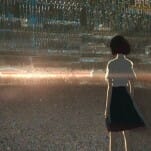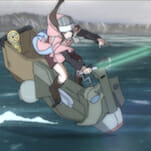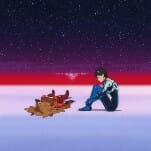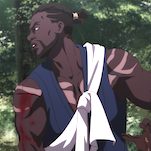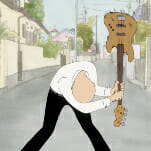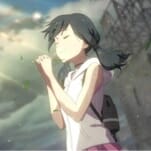Blame!
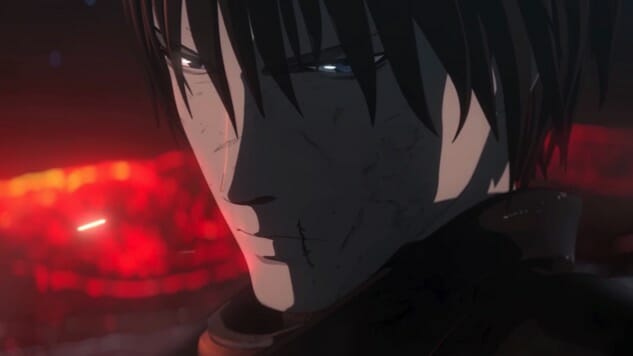
When it comes to dark industrial sci-fi, Tsutomu Nihei is a visionary. Trained as an architect before pursuing a career as a manga author, Nihei’s art is simultaneously sparse and labyrinthine, his body of work defined by a unifying obsession with invented spaces. Byzantine factories with gothic accents spanning across impossible chasms, populated by bow-legged synthoids and ghoulish predators touting serrated bone-swords and pulsating gristle-guns. His first and most famous series, Blame!, is considered the key text in Nihei’s aesthetic legacy, going so far as to inspire everything from video games, to music, and even art and fashion. Past attempts have been made to adapt the series into an anime, though none have been able to materialize successfully. That is, until now. With the support of Netflix, Hiroyuki Seshita of Polygon Pictures has delivered that long-awaited Blame! film. But can it succeed where others have so often failed?
Set on a far-future Earth consumed by a massive, self-replicating superstructure known as ‘The City’, Blame! follows Killy, a taciturn loner, wandering the layers of the planet in search of a human possessing the ‘net terminal gene,’ an elusive trait thought to be the only means of halting the city’s perpetual hostile expansion. Through his search Killy encounters Zuru, a young woman from a small village of humans eking out a meager existence despite the constant barrage of the city’s automated security forces. He elects to help them and, in doing so, meets a mysterious scientist who claims to have found a means of accessing the city’s system without the need for the terminal gene.
Having had experience with Nihei’s work through his directorial stint on Knights of Sidonia (in which Blame! itself makes a notable cameo) and his complimentary work on the television anime of Gamon Sakurai’s Ajin: Demi-Human, Seshita is perhaps the best of all possible directors to spearhead a Blame! adaptation. Boasting a screenplay penned by Sadayuki Murai, famed for his writing on such series as Cowboy Bebop and Satoshi Kon’s Perfect Blue, and supervised by Nihei himself, the film abbreviates much of the manga’s early chapters and streamlines the story into an altogether more narrative and action-driven affair. Art director Hiroshi Takiguchi deftly replicates Nihei’s distinctive aesthetic, achieving in color what was before only monochromatic, while Yuki Moriyama capably improves on the uniform character designs of the original, imparting its casts with distinct, easily identifiable traits and silhouettes that greatly improve the story’s parsability.
-

-

-

-

-

-

-

-

-

-

-

-

-

-

-

-

-

-

-

-

-

-

-

-

-

-

-

-

-

-

-

-

-

-

-

-

-

-

-

-

